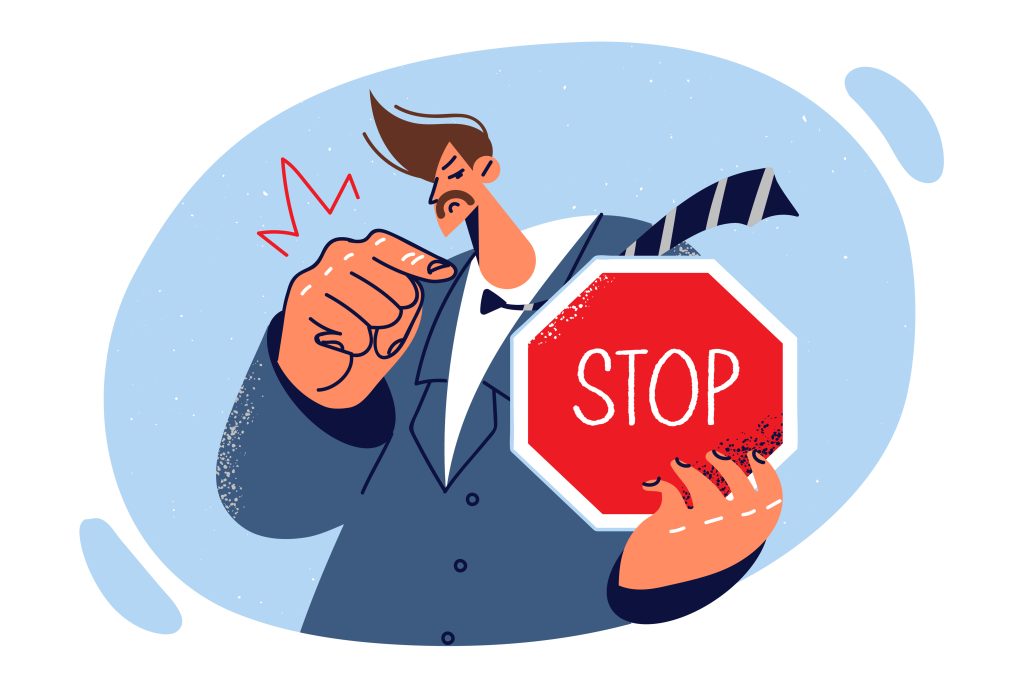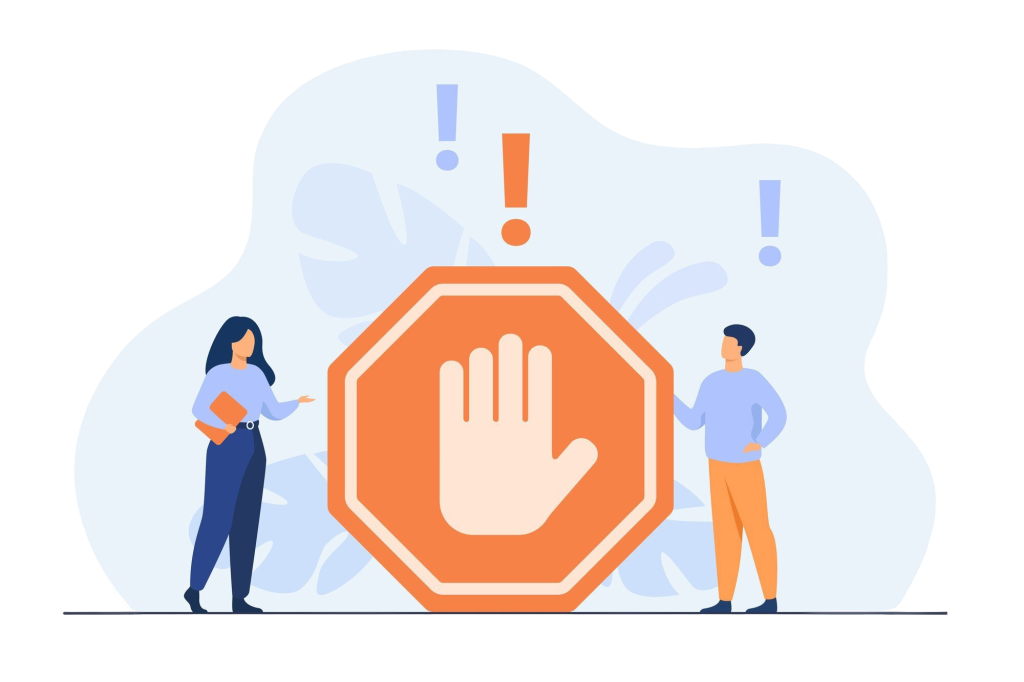Introduction
Welcome to Stage 5, the final chapter of this guide, where the goal is clear and straightforward: complete cessation. After mastering absolute control over your consumption in Stage 4, you’ve reached a point where you can decide if you’re ready to take the ultimate step—leaving the habit behind for good. This stage isn’t about rules or restrictions; it’s about understanding your motivations, your goals, and what truly matters to you.

Why Choose Complete Cessation?
Before embarking on this journey, take time to reflect on why you want to quit entirely. The reasons are deeply personal and vary from one individual to another, but they all have one thing in common: the desire for lasting change.
Some common motivations include:
- Health Concerns: Issues like illness, pregnancy, or long-term health risks.
- Interpersonal Relationships: The impact on family, friends, or a partner who may require or prefer complete cessation.
- Personal Growth: A sense of being tired or “done” with the habit after years of use.
- Financial or Career Goals: Costs or professional implications tied to continued consumption.
If you’ve come this far, it’s likely because you’ve realized that this habit no longer serves you. The question now is: how do you turn the decision to quit into a sustainable reality?
How to Begin
The decision to quit completely isn’t about following a strict timeline—it’s about listening to yourself and moving forward when you’re ready. Here’s a suggested approach:
Reflect and Commit
- Ask yourself: Why do I want to quit?
- Identify the aspects of the habit that no longer align with your life or values.
- Write these reasons down to reinforce your commitment.
Take the First Step
- Use the tools you’ve gained in previous stages, such as delay tactics, timed lockboxes, and structured routines.
- Gradually extend periods of non-use to build confidence before making the leap to full cessation.
Focus on Progress, Not Perfection
- Success doesn’t mean never struggling—it means continuously striving toward your goal.
- If you encounter setbacks, use them as opportunities to learn and adjust.
What If It Doesn’t Work?
Not every attempt at quitting will succeed immediately, and that’s okay. If you find yourself struggling, ask:
- Why do I miss the habit?
- Is there an emotional or practical void I need to address?
- Am I truly ready to let go, or do I need more time in a controlled-consumption phase?
Remember, there’s no “failure” in this process—only opportunities to grow. You can always return to Stage 4 for more time to refine your control before trying again.

How Long Does Stage 5 Take?
This stage is as flexible as you need it to be. For some, the decision and transition to cessation happen quickly, within weeks. For others, it may take months or even longer. What matters most is your readiness and commitment.
Key Messages
- There Is No Right or Wrong Answer: Whether you choose to quit completely or maintain controlled use, what’s important is that you feel at peace with your decision.
- You Are in Control: You’ve gained the tools, confidence, and experience needed to navigate this process.
- Your Journey, Your Pace: The ultimate goal isn’t perfection—it’s finding a balance that feels right for you.
Looking Ahead
If you decide to move forward with complete cessation and succeed, congratulations on reaching a profound milestone in your journey. If not, remember that this guide has always been about giving you the tools to create a life you’re proud of—whether that involves quitting or maintaining a mindful relationship with your habit.
No matter where you land, know that you’ve already achieved something remarkable by taking control of your life.
When you’re ready to commit fully to quitting, we’ll be here to support you every step of the way.
